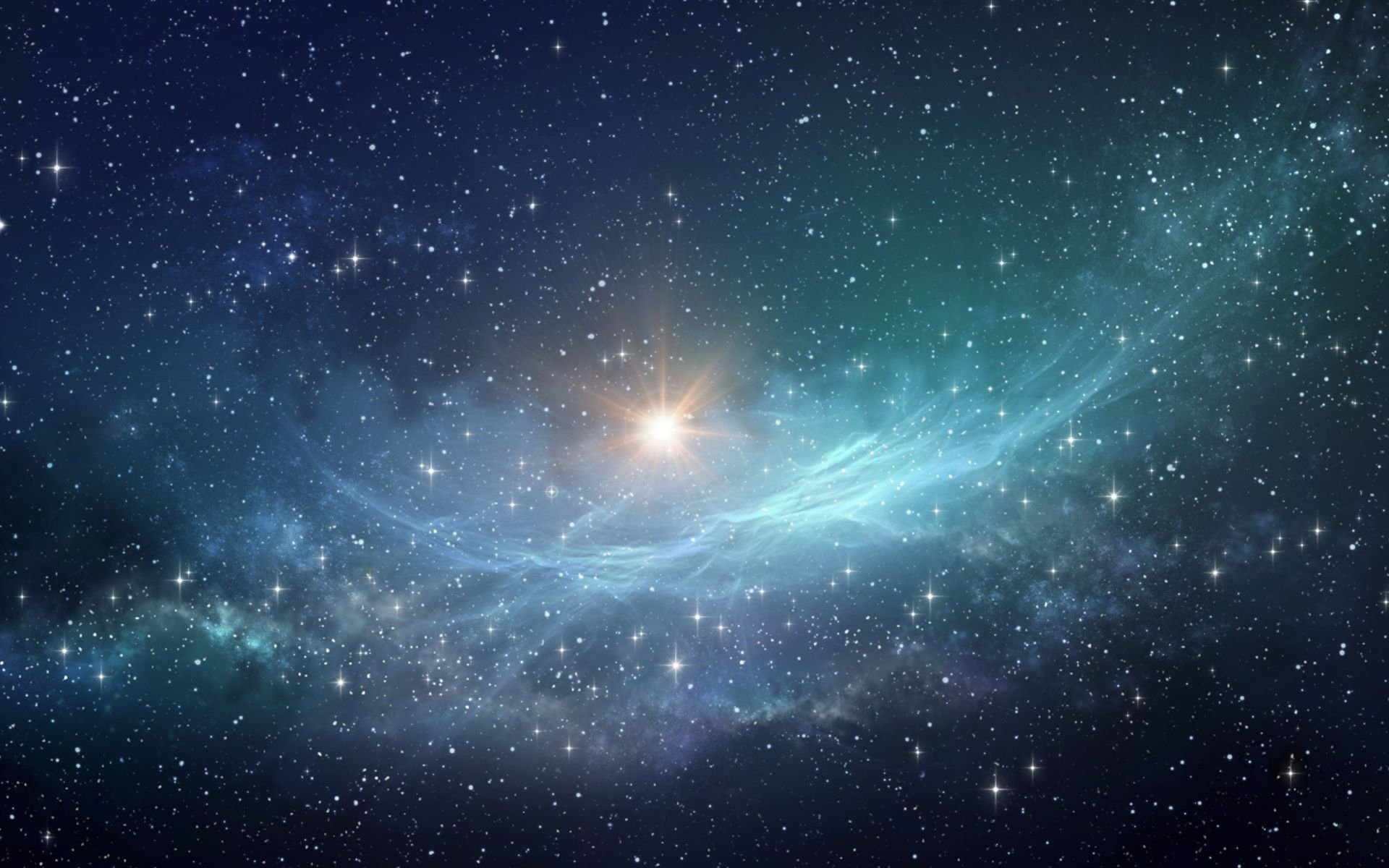According to the theories of the current standard model of astronomy, The universe consists of 25% dark matter, almost 70% dark energy, and only 5% of the matter we know from science. A study to be published in the scientific journal Astronomical Journal claims that a team of scientists has managed to perform the most detailed measurements of dark energy.
As scientists explain, The results show that Dark energy may be a hypothetical type of vacuum energy first proposed by German physicist Albert Einstein.
When Einstein could not explain the expansion of the universe with the Theory of General Relativity, he added the concept of the cosmological constant to explain an energy in space that could balance the gravitational force and keep the universe stable as it is.
Sometime after the development of the cosmological constant, Einstein corrected the General Theory of Relativity and removed the concept. However, in 1998 Researchers have discovered that the universe is expanding at an increasing rate, suggesting that such a thing as a cosmological constant may actually exist. Since then, astronomers have begun using data from supernovae and other space events to study dark energy.
“The standard cosmological model assumes that the energy density of the Universe is dominated by dark components that have not been detected in terrestrial experiments and are therefore not included in the standard model of particle physics. Known as cold dark matter and dark energy, this study represents an opportunity to deepen our understanding of fundamental physics,” the study explains.
dark energy
According to the researchers, observations show that dark energy remains constant even as the universe expands. The data was observed through supernovae acting like a distant bulb whose light can be measured.; This way scientists can measure the object’s brightness and distance. Approximately 1,500 exploding stars were observed in the latest Dark Energy Survey (DES) measurement, and of course scientists used this data for the study.
Despite all the details and impressive results of the latest research, Scientists suggest that we may need to develop a more complex model to study dark energy. They also noting that energy seems a bit more complex than Einstein’s cosmological constantTherefore, they need to do more work to understand the meaning of this power present in the universe.
“Future studies will conclude the Dark Energy Survey by combining these supernova results with the other three pillars of DES cosmology: baryon acoustic oscillations, galaxy clustering, and weak lensing,” the study concludes.
Stay up to date with the latest studies and news about astronomy at TecMundo. If you want, take the opportunity to understand how dark matter theory solves two astrophysical puzzles at the same time.
Source: Tec Mundo
I’m Blaine Morgan, an experienced journalist and writer with over 8 years of experience in the tech industry. My expertise lies in writing about technology news and trends, covering everything from cutting-edge gadgets to emerging software developments. I’ve written for several leading publications including Gadget Onus where I am an author.












